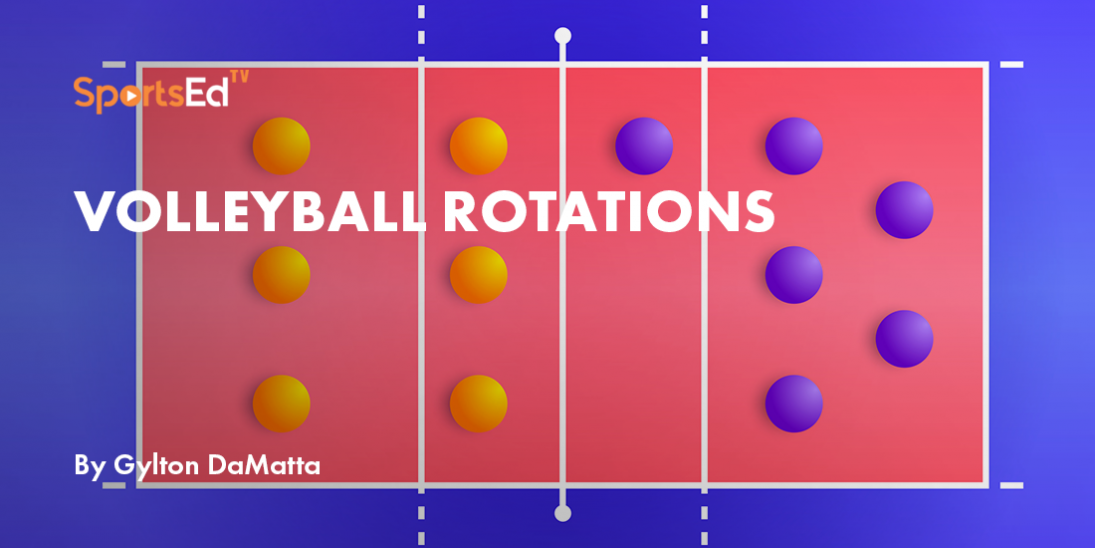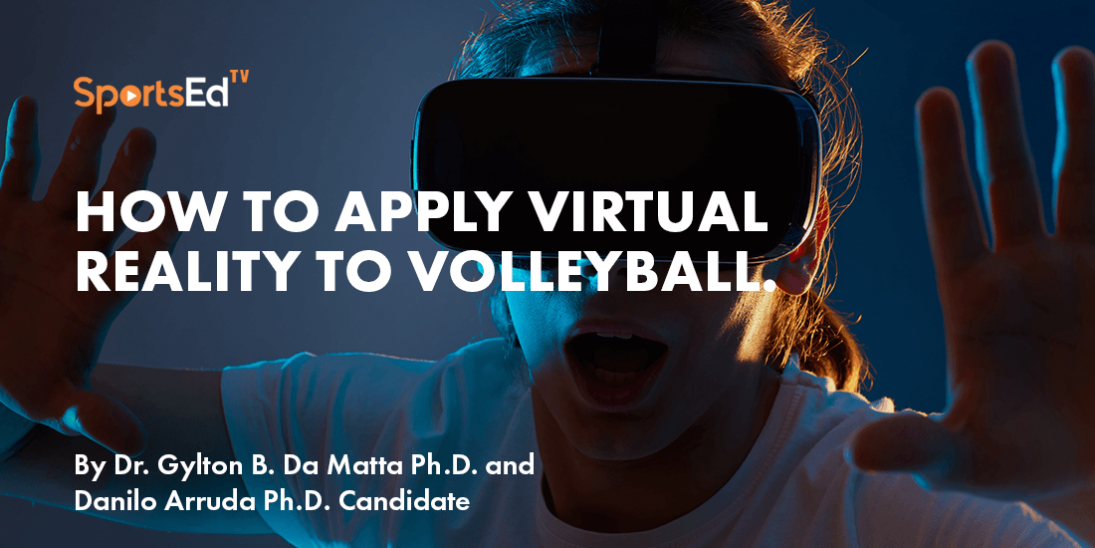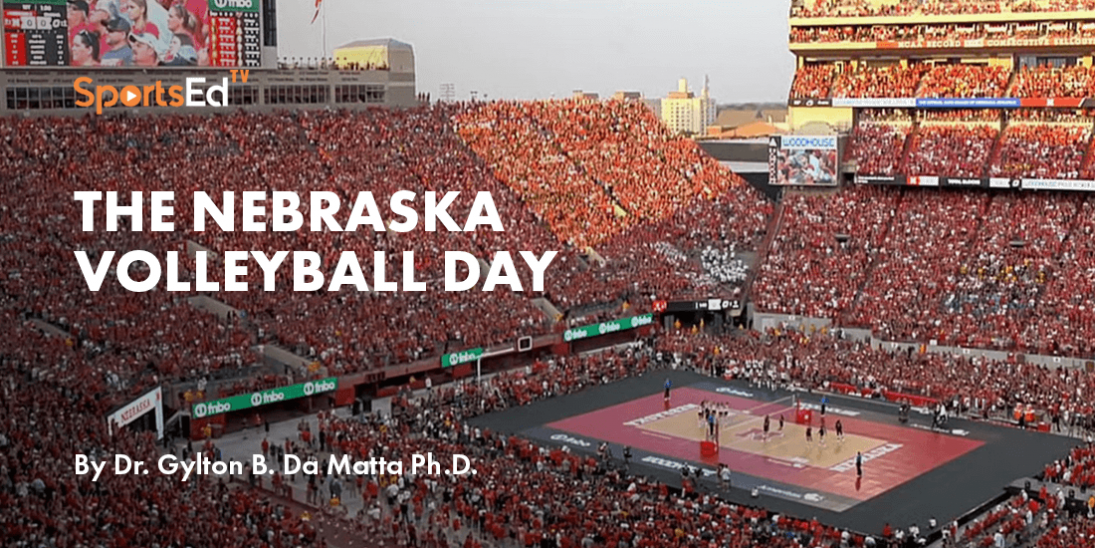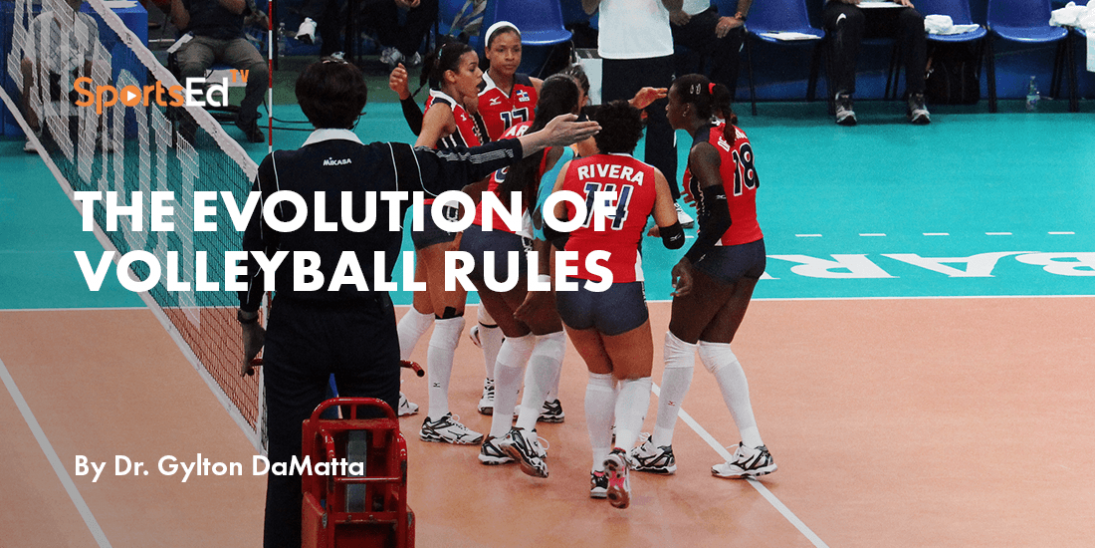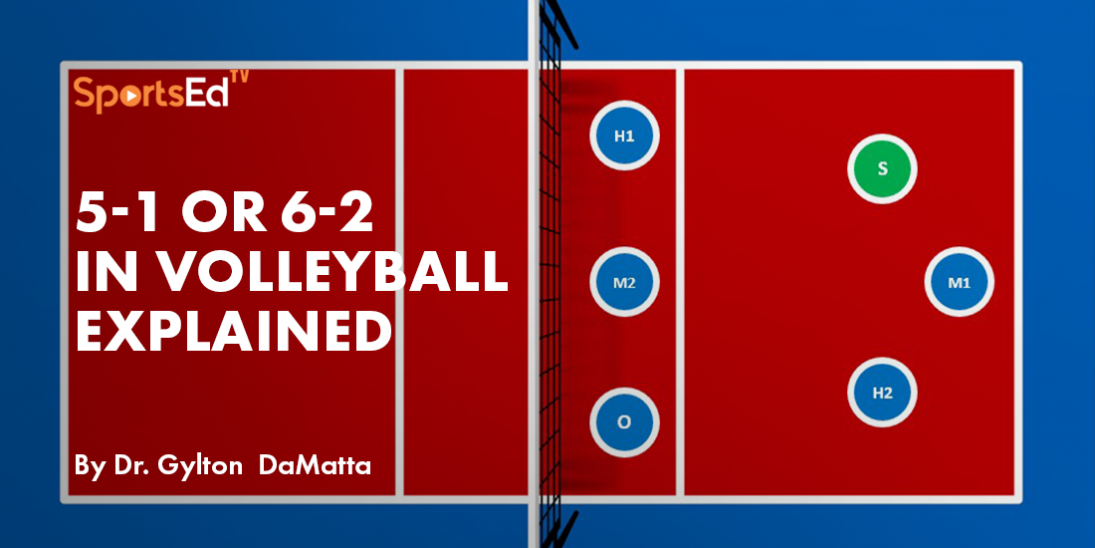Gymnastics, Physical Education
Welcome and thanks for visiting...

We Want Educational Gymnastics Back in Physical Education
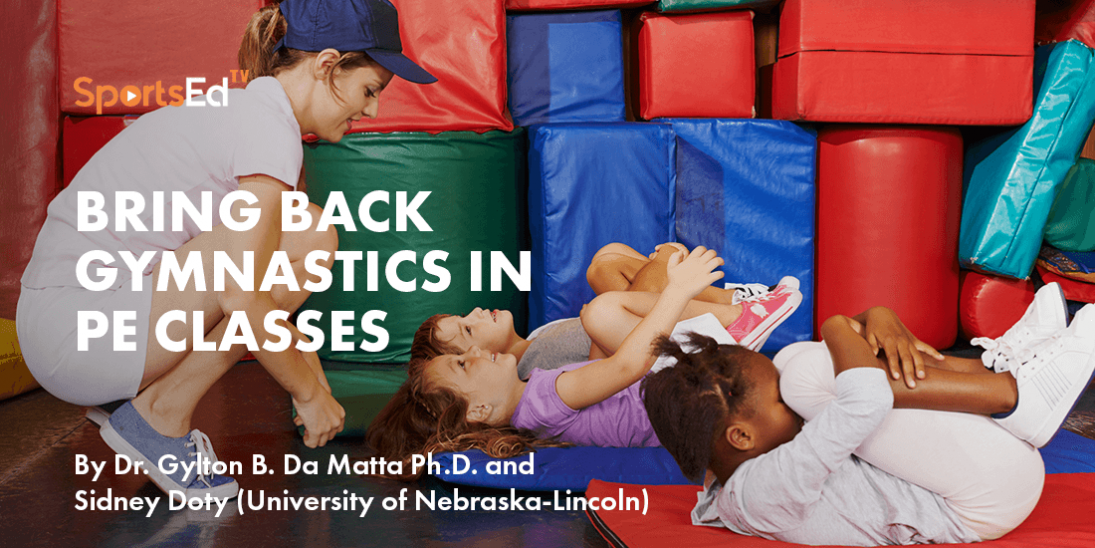
The Decline of Gymnastics in School Curriculums
Over the years, while the world's attention has shifted towards catastrophic pandemics, disastrous hurricanes, and irrational wars in our schools, Gymnastics has been subtly removed from children’s curricular activities.
To start, I want to say that gymnastics equates to physical activity and physical education in school settings. When children are simply playing in their backyards and green spaces, what do they do? They roll, jump, do a handstand, and enjoy doing cartwheels together.
Revitalizing Gymnastics for Youth Development
Today, the re-instilment of gymnastics in our Elementary School curriculum represents the rescue of the agility, physical fitness, and the health of our children and youth at the school age. Early educational gymnastics is a critical component for motor development and all future motor learning processes for all children across their lifespans.
Smart recreation, fun Track & Field, learning swimming, and being able to do educational gymnastics are important not only for those who dream of becoming cheerleaders, gymnasts, and stunts in Hollywood…it is a human right for all children. To start, through comprehensive and developmentally appropriate elementary educational gymnastics, children develop strength, flexibility, agility, dexterity, bilateral dominance, coordination, muscular endurance, and develop a healthy/ balanced body composition.
Addressing the Epidemic of Childhood Obesity
We know that health comes in all different forms, shapes, and sizes, but today, our society is facing a terrible problem: childhood obesity. This endemic and unhealthy syndrome can be easily prevented with the implementation of a great quality physical education program from pre-school, kindergarten, and throughout elementary school grades.
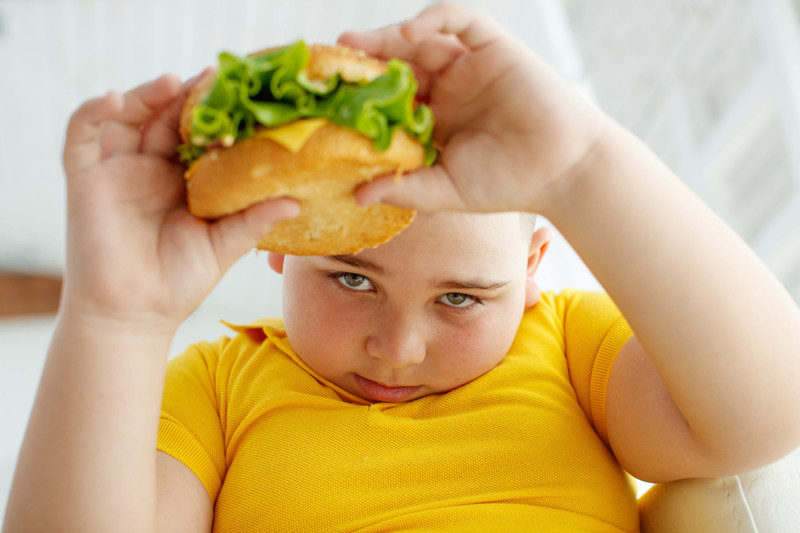
We strongly believe that learning gymnastics in physical education sparked an interest for me at a young age for being physically active and taught me the possibility that we could become athletes in any sport. The gymnastics and track & field units in elementary PE became some of my favorite units as they were something we had dreamed of doing when we got older.
Early Sports Experiences Shaping Future Athletes
By doing fun warmups, crawling through amazing obstacle courses, and doing some acrobatics on mats, we experienced successful activities that provided us with confidence, exerted great energy, and got us so eager to move and play more. Those magical early ages activities gave us, and other children, the chance to feel comfortable with something we were good at. We were proud movers, athletic and courageous, to do our handstands, forward rolls on the grass, and cartwheels at the hillsides in our schools, parks, and neighborhoods.
In one way, we understand that our teachers had the expertise to teach so proficiently, and that makes me wonder exactly what we need to do to rescue gymnastics and implement a quality physical education program into our PK-12 physical education programs again. In our view, we need to continue building smart playgrounds open to our children and make them even better.
The Essential Role of Coaches and Parents in Sporting Education
We also need to get more safety equipment and get our PE teachers the support they need to start teaching and training this sport in pre-k/Kindergarten to ensure the correct technique is being learned early. We need to train the physical educators on spotting while providing educational videos on teaching expertise in the sport.
Anything is possible! Where there is a will, there is a way! We feel hopeful that people will hear the voices of millions of children who want to enjoy their bodies and their lives in a healthy and happy manner.
We truly believe that educational gymnastics skills training could be used by parents, athletes, and the general population in our communities and, as a result, help prevent childhood obesity. From a sports perspective, both parents and coaches play a vital role in an athlete's life and development. With the complexities of being a member of a sports team that athletes go through, it is important to recognize the need for more qualified physical educators working with the younger population to develop healthy athletes and citizens in our society. We also recognize the importance of providing psychological skills training for not only athletes but their parents and coaches. “More than other students, athletes face stressors such as physical and mental fatigue, overlapping schedules, new training environments, elevated competition, risk of injury, and student-sport identity issues” (Parker et al., 2021). Schools are one of the most relevant spaces in America, and in our opinion, coaching young athletes is one of the biggest challenges in scholastic sports. Therefore, if we want to become an Olympic Nation in this 21st Century, we should start by creating a mentality that all children have talent and have the fundamental human right to be physically active, physically literate, and be treated as a child, not as an adult in miniature.
Unapologetically, we believe that educational gymnastics is critical to our young population and to the whole society, thus children’s sports can truly benefit our families and build strong communities. However, if we want to be more educated physically, we need to start early, and our preschool, kindergarten, and elementary physical education needs to embrace gymnastics, track & field, recreational games, and quality sports for children.
Conclusion
The literature shows that children and adolescents in sports are often neglected by the elite sports industry in some ways. In the Essentials of Exercise sports psychology text, “despite these efforts, however, the role of sport plays in the moral development behaviors of sports participants is often overlooked both in terms of coach education and applied practice” (Zenko & Jones, 2021). Often, sports are neglected by the industry due to who coaches these athletes. We have great youth coaches and qualified PE teachers, but they need to get the support they need to work properly.
Coaching matters, and all coaches are important! Coaches can be volunteers, retired athletes, parents, counselors, teachers, etc. The neglect here is the lack of understanding of psychological training that needs to be done to support these athletes. The neglect here is also translated in the form of disrespect toward the youth coaching profession. We need the most qualified teachers working with our children. “Coaching is a privilege that carries great responsibility, none more so than supporting the moral development of the people we work with” (Zenko & Jones, 2021).
References
Parker, P. C., Perry, R. P., Coffee, P., Chipperfield, J. G., Hamm, J. M., Daniels, L. M., & Dryden, R. P. (2021). The impact of student-athlete social identity on Psychosocial Adjustment during a challenging educational transition. Psychology of Sport and Exercise, 56, 101979. https://doi.org/10.1016/j.psychsport.2021.101979
Zenko, Z., & Jones, L. (2021). Essentials of exercise and sport psychology: An open access textbook. Open Textbook Library. https://open.umn.edu/opentextbooks/textbooks/1198
Dr. Gylton Da Matta is a professor in the High-Performance Graduate Coaching Education program at the University of Nebraska–Lincoln and a Volleyball Sports Director at SportsEdTV.
Sidney Doty is a Graduate Student in the Coaching Education Program at UNL and also an elite Cheerleader Coach.




